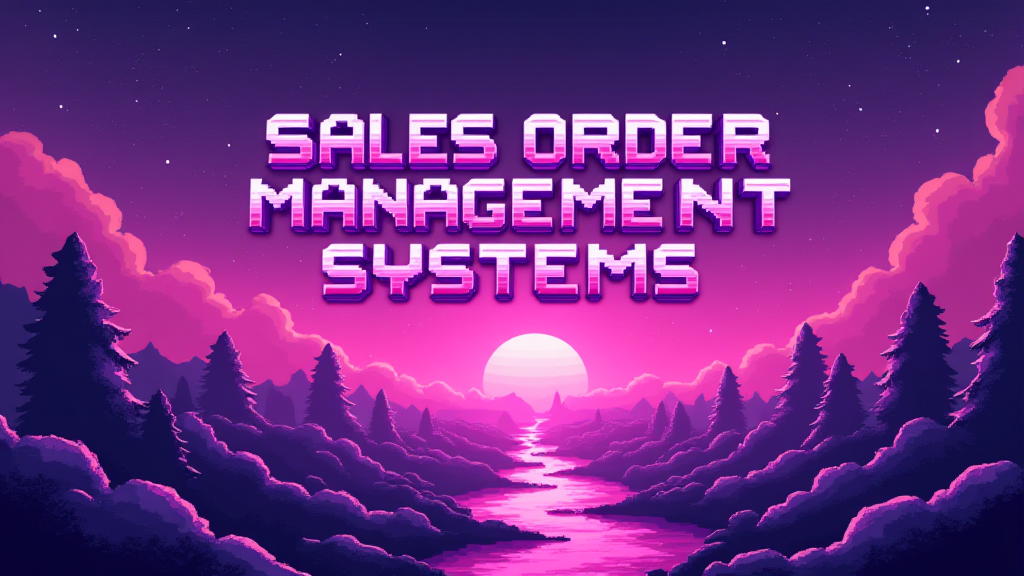Sales Order Management Systems: Streamlining Sales

Published on: October 01, 2024
Sales Order Management Systems are powerful tools that streamline the process of capturing, tracking, and fulfilling customer orders. These systems play a crucial role in the sales operations of businesses, ensuring efficient order processing and improved customer satisfaction. 📊💼
Understanding Sales Order Management Systems
A Sales Order Management System is a software solution designed to automate and optimize the entire order lifecycle, from initial customer inquiry to final delivery. It serves as a central hub for all order-related information, enabling sales teams, customer service representatives, and other stakeholders to access real-time data and make informed decisions. 🔄📱
Key Features of Sales Order Management Systems
- Order Entry: Easily capture and input customer orders from various channels
- Inventory Management: Real-time visibility into product availability
- Pricing and Quoting: Automated pricing calculations and quote generation
- Order Tracking: Monitor order status throughout the fulfillment process
- Reporting and Analytics: Generate insights on sales performance and trends
- Integration: Connect with other business systems like CRM and ERP
Benefits of Implementing a Sales Order Management System
Adopting a robust Sales Order Management System can bring numerous advantages to your organization:
| Benefit | Impact |
|---|---|
| Increased Efficiency | Reduce manual data entry and streamline order processing |
| Improved Accuracy | Minimize errors in order details and pricing |
| Enhanced Customer Experience | Provide faster order fulfillment and better communication |
| Better Inventory Control | Optimize stock levels and reduce stockouts |
| Data-Driven Decision Making | Gain insights into sales trends and customer behavior |
Challenges in Sales Order Management
While Sales Order Management Systems offer significant benefits, organizations may face some challenges during implementation and use:
- Integration Complexity: Ensuring seamless integration with existing systems
- User Adoption: Training staff to effectively use the new system
- Data Migration: Transferring historical order data to the new system
- Customization: Adapting the system to unique business processes
Best Practices for Successful Implementation
To maximize the benefits of your Sales Order Management System, consider these best practices:
- Clearly define your business requirements before selecting a system
- Involve key stakeholders in the selection and implementation process
- Invest in comprehensive training for all users
- Regularly review and optimize your order management processes
- Leverage data analytics to continually improve performance
The Future of Sales Order Management
As technology continues to evolve, Sales Order Management Systems are incorporating advanced features such as:
- Artificial Intelligence for predictive analytics and demand forecasting
- Machine Learning for automated order processing and anomaly detection
- Internet of Things (IoT) integration for real-time inventory tracking
- Blockchain technology for enhanced security and transparency
By staying informed about these trends, businesses can ensure they're leveraging the most effective tools to optimize their sales operations. 🚀💡
Implementing Sales Order Management in Your Organization
As you consider implementing or upgrading your Sales Order Management System, ask yourself these questions:
- What are the main pain points in our current order management process?
- How can a Sales Order Management System help us achieve our sales goals?
- What features are most critical for our specific business needs?
- How will we measure the success of our Sales Order Management System implementation?
- What training and support will our team need to effectively use the new system?
By carefully considering these aspects, you can ensure a successful implementation that drives efficiency, improves customer satisfaction, and boosts your bottom line. 🎯💪

















